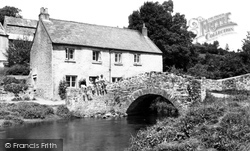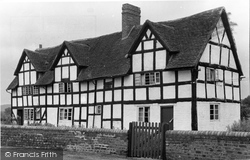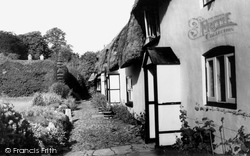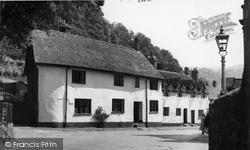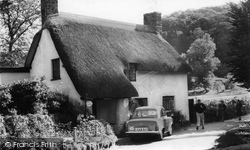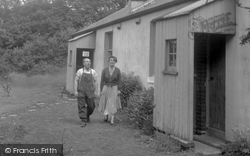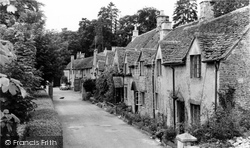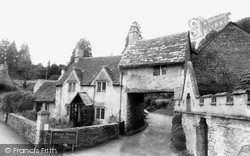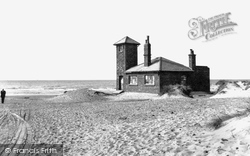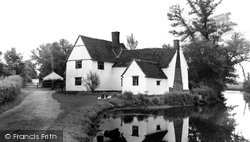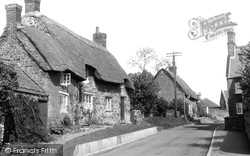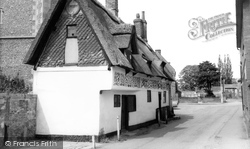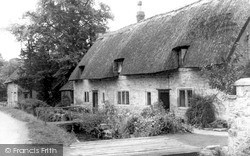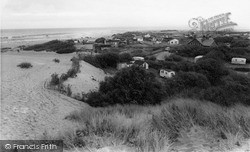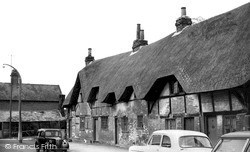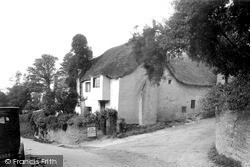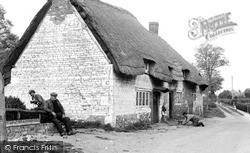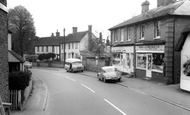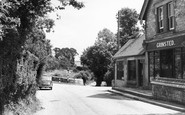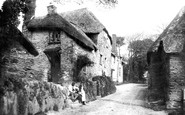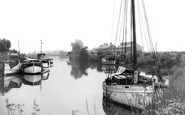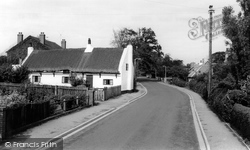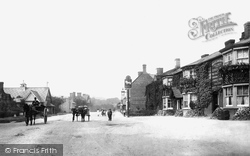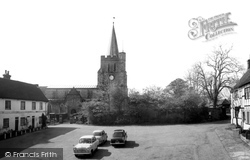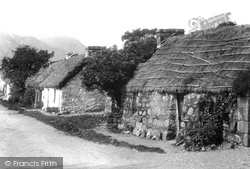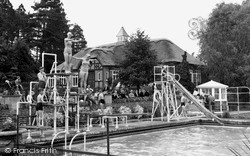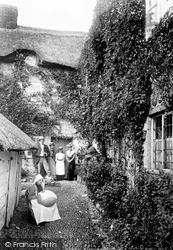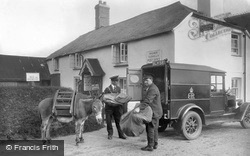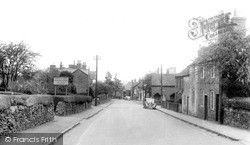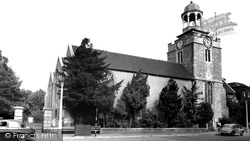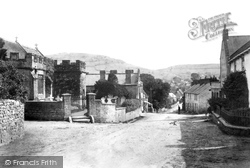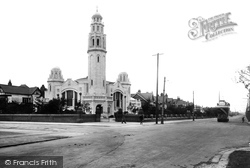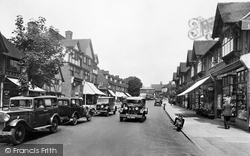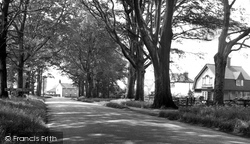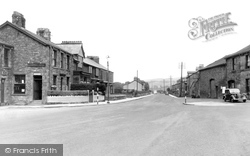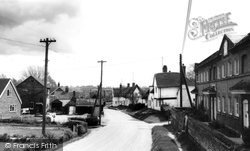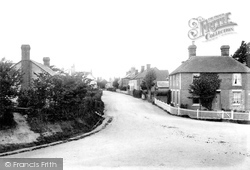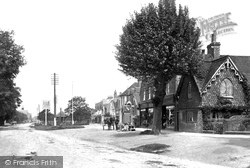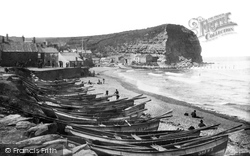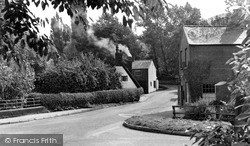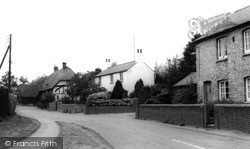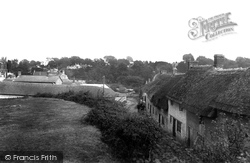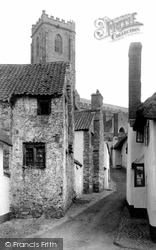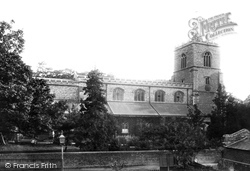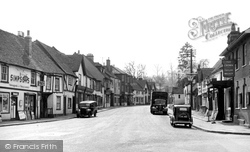Places
6 places found.
Those places high-lighted have photos. All locations may have maps, books and memories.
Photos
2,406 photos found. Showing results 1,421 to 1,440.
Maps
41 maps found.
Books
Sorry, no books were found that related to your search.
Memories
2,827 memories found. Showing results 711 to 720.
Living In Binfield 1946 1971
I moved to Binfield with my parents Rose and Cyril Richardson and my brother Brian in 1946. We lived in Rose Hill at a house called “Athlone”. It isn’t there any more, it was demolished and six houses built on the site. ...Read more
A memory of Binfield by
Born In Gt Waltham 1953
My father Eric Grubb was one of three sons and two daughters of George Grubb. (who lived until he was 100 years old). We lived in Six Bells Cottages until we were rehoused in Cherry Garden Road. My mum Gertrude worked in ...Read more
A memory of Great Waltham by
Farming At Hessenford
I moved to Hessenford in about 1958 when my father took on the tenancy of St Anne's Farm. The farm was situated up past the church on the lane that led from Hessenford to Bake. Previously we had lived at West Trenean Farm, ...Read more
A memory of Hessenford in 1958 by
My Father Worked At This Shop
My father Ron Burchell worked at the shop seen in this photograph. The Burchell family had lived in the village for generations. The owner of the shop was Edward Grinstead and his wife Millie who was my godmother. ...Read more
A memory of Bury in 1940 by
William Leech Gun Maker 1796 1948 Still Trading
William Leech moved from St Martins in the Field, London to 20 Duke Street, Chelmsford in 1794. There he started up his gun maker's shop. Later he moved to 3 &4 Tindale Street, Chelmesford. Percy ...Read more
A memory of Chelmsford by
This Was My Home In 1969 For A Few Years.
I used to live in the first house on the left side of the photo 'Thurlestone Cottages 1890', in 1969 for a number of years. The house was then called 'Thatchways'. The smaller cottages attached to the main ...Read more
A memory of Thurlestone in 1969 by
Rounders In The Road
I was brought up in Brewood, in the cottage which is called South View and later next door in what is now 38 Shop Lane. There were four children in our family, I had two older brothers and a younger sister. Our friends came from ...Read more
A memory of Brewood in 1945 by
Evacuee
I was an evacuee in Middlestown in WWII, from East London. The first time was with my Mother and we were billeted in a small cottage which backed on to a barn belonging to a farm run by Mr and Mrs Cowan. We were there for approximately a ...Read more
A memory of Middlestown in 1943 by
Acton Bridge Cruising Club
My memories of Acton Bridge go back to the mid 1950s and early 1960s. The picture of boats at Acton Bridge Cruising Club takes me back to my teenage days. We had a boat called 'Scampi' which was a 32-foot ex-Norwegian ...Read more
A memory of Acton Bridge in 1957 by
The Dingle
I lived in Colwyn Bay as a child and have fond memories of The Dingle. It seemed like a magical place to a young child. Over the brook, which runs through The Dingle, there was a little bridge which led to a fortune teller's "cottage". I ...Read more
A memory of Colwyn Bay by
Captions
2,020 captions found. Showing results 1,705 to 1,728.
Here we see one of Formby's older properties, a fine example of the type of cottage that was once common to this part of the coast.
In the distance is the Five Arrows Hotel; the five arrows symbolise the five Rothschild brothers - the badge is seen on houses and cottages all over central Buckinghamshire.
The old market booths, which backed on to the churchyard, were later converted into cottages and demolished in the 1940s.
Here we see a row of classic stone-built thatched cottages, in the characteristic vernacular style.
There was once an old village of Overstone near to the grandiose main mansion, but this was moved in 1821 and estate cottages built along the boundary.
A lace maker works at a floral sprig of Honiton lace outside her cottage door at Beer in South Devon.
Villagers still use donkeys and sleds to carry goods to and from their cottages and the tiny harbour far below.
Quarrymen and their families must have occupied a high proportion of the cottages, working to fulfil the 18th- and 19th-century demand for slate both as a roofing material, and for graveyard
She lived virtually all her life in a nearby cottage, and was a poet in her own right. There are several memorials in the chancel, one of which is to Matthew Blakiston.
one of the most picturesque valleys in this part of the county, and spelled as Cidihoc in the Domesday Book, this peaceful view of the village street lined with well-built cob and sandstone cottages
Along this stretch was a fishermen's community of whitewashed and thatched cottages. The Oak Eggar moth, which fed on a grove of poplars at Fairhaven, was heading for extinction even then.
We can just see the old cottage of photograph 77066 again in its new location, on the left and partially concealed by the leafy tree.
In this picture, at the end of the road we see Blacksmith's Cottage and stables behind.
Stone-built cottages lend charm to Caton, which is proud of its ancient oak and fish stones. In the 1950s, Hornby Road featured Henty's confectioners and the post and telegraph office (left).
Beyond Cundys Lane is High Bank, a medieval hall-house; then comes the thatched 17th-century Tudor Cottage and the former post office.
Seacox is a French chateau- style house built in 1871 for the Goschen family, who were great benefactors of the village; they built a number of cottages for estate staff.
Cromwell Cottage on the right gets its name as Cromwell's men were stationed there when he was in the area in 1657.
Red-tiled cottages are squeezed into narrow passages that rise dramatically from seashore to cliff top.
The creeper-covered wall between the iron fence and the cottage gable is in fact the dam wall for the mill. Now a silted up boggy patch, the mill pond can still be made out.
This view looks north to the thatched cottages, Nos 456 and 458.
A range of three 16th-century thatched cottages in banded flint and Hamstone is down to the right.
On the left corner is John's Cottage, a late 16th-century stone house with a surviving moulded timber mullioned window facing the photographer.
Taken from the upper storey of a cottage in Church Street, this view of the north side of the church looks beguilingly medieval.
Looking west uphill along the High Street, the jettied timber-framed cottages span an alley to the church and its lychgate.
Places (6)
Photos (2406)
Memories (2827)
Books (0)
Maps (41)




